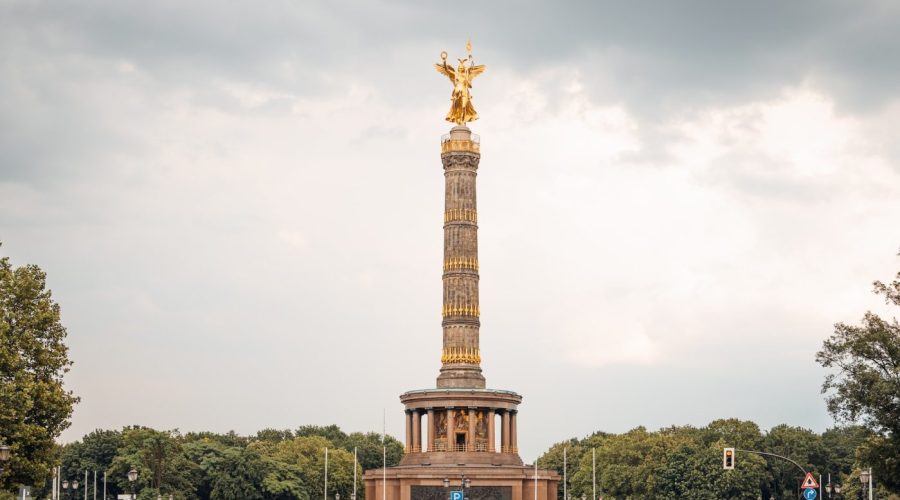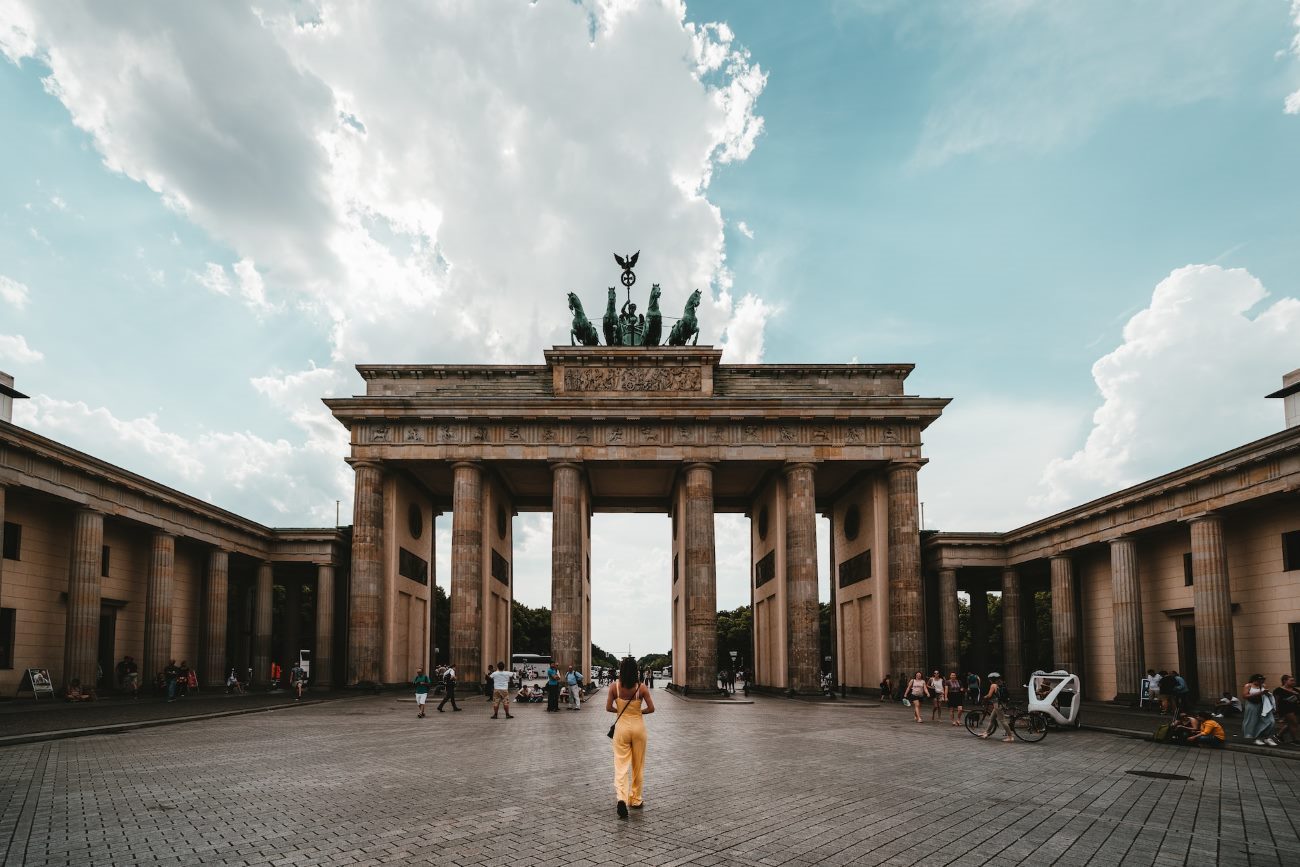Why is St. Hedwig’s Cathedral in Berlin a Must-Visit?
During the time of explorations of the attractive city of Berlin, you may observe a great a lot of coloful landmarks and what’s more things should think about. One of the most interesting is St. Hedwig’s Cathedral. Located in center of Berlin, this beautiful cathedral takes not only religious importance but also boasts of impressive architectural and also a impressive historical past that they adore. Let’s take a closer look to find out what makes the St. Hedwig’s Cathedral worth visiting.
The History Behind St. Hedwig’s Cathedral
Built between 1747-77, St. Hedwig’s Cathedral is the first Catholic church built in Berlin after the Reformation. Commissioned during the rule of Frederick the Great, King of Prussia and creation of the architect Georg Wenzeslaus von Knobelsdorff, it was built. The cathedral was named after Saint Hedwig of Silesia, the patron saint of Berlin. This place of worship has endured through the plaque of history on and including the World War II bombings.
Architectural Marvel
The St. Hedwig’s Cathedral architecture is a Victorian blend of Baroque and Neoclassical styles. Its impressive exterior and grand domes beckon to you from a distance. The interior of the cathedral boasts of it incredible pieces of artwork, exquisite sculptures, and grand altars detailingly carved out. Once entering, you are surrounded by a feeling of peace and coziness.
The Dome and Tower
The most fascinating element of St. Hedwig’s Cathedral is its slate-green dome. At 29 meters, the dome is crowned by an impressive lantern in which natural light pours in, creating a heavenly atmosphere. Guests can ascend to the tower’s top, where they will be rewarded with stunning views over the skyline of Berlin.
The Pipe Organ
St. Hedwigs Cathedral is famous for having the most impressive pipe organ, named the Sauer Orgel. Fakultätsorgan aus dem Jahr 1963 verfügt über mehr als 4 Tieräußerung Systeme und gilt als eine der besten Orgeln Frankreich. Regularly, here, organ concerts are conducted, written in the visitors with a charming musical treatment.
Cultural Significance
Beyond the fact that St. Hedwig’s Cathedral is an architectural wonder, it is also of great cultural importance. It proved to be a key promoter of religious tolerance and promoter of interfaith dialogue in Berlin in times of turmoil and political transformation. The cathedral still services are a tie religious events that are available to the general public. Going to a mass can be a nice experience, you can reach both the spiritual and the cultural dimension of Berlin.
Visiting St. Hedwig’s Cathedral
If you will be visiting St. Hedwig’s Cathedral, note the following:
- Address: The cathedral is situated on Bebelplatz, not far from the Humboldt-University.
- Opening Hours: St. Hedwig’s Cathedral daily from 9 AM to 6 PM.
- Masses: Find out the schedule in advance if you want to take a mass or any religious ceremony.
- Entrance Fee: The entrance to the cathedral is free of charge, but donations are most welcome to help keep the historical site in good condition.
Conclusion
St. Hedwig’s Cathedral is a real treasure of Berlin’s city center. Its Heir of historical importance, magnificent structure, and sizzling cultural atmosphere is enough to not miss out for both locals and visitors alike. Whether you are interested in it religiously – or you just love big buildings – St. Hedwig’s Cathedral is sure to make a lasting impression when visiting the German capital.
Enjoy the mesmerizing and peaceful atmosphere of St. Hedwig’s Cathedral – a great Berlin marvel that perfectly reflects the heart of Berlin.
Table of Contents



